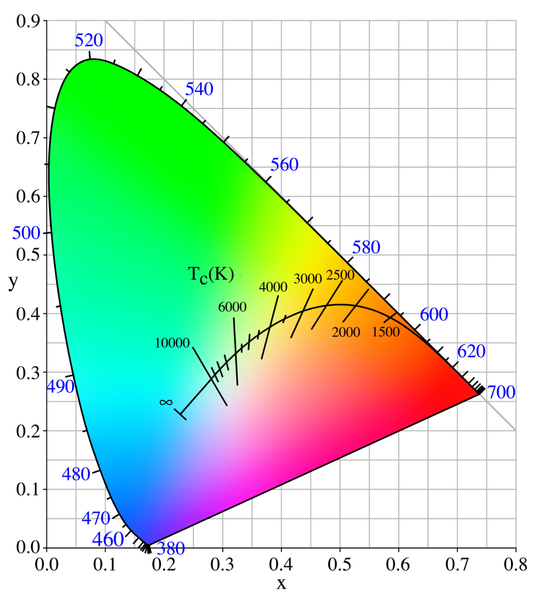Robocop
Moderator, *Mammoth Killer*
After reading a thread just now involving a certain light and tint issues I noticed some members saw the same photo as white tint where some saw it as creamy. I also notice the same thing in many other threads with various lights.
I know eyes are more sensitive to certain colors (green) due to rods and cones in the eyes. I am curious if some people may be simply seeing something different other than certain colors. The usual argument is one certain emitter is more cool where others are warm. I have a light I use on duty at times and to me it is pure white tint. I have several co-workers that say it looks blue where others swear it is brownish in color.
Now again I can understand where some people could all agree that a green light will "look" brighter than red even if it is actually dimmer. I am now curious if tint arguments are sometimes a result of different peoples eyes rather than the actual emitter....you know like my eyes are more programmed to see a whiter tint rather than blue or yellow.
Is it possible for some people to be more sensitive to variations in tint rather than variations in actual different colors? I understand that some people are truly color blind however what about color sensitive?
Just curious and I appreciate others thoughts on this as tint is often a heated issue around here at times. I also do not wish this thread to become a heated debate over any certain emitter or tint but more so a reason as to why some see different tints when looking at the same beamshot.
I know eyes are more sensitive to certain colors (green) due to rods and cones in the eyes. I am curious if some people may be simply seeing something different other than certain colors. The usual argument is one certain emitter is more cool where others are warm. I have a light I use on duty at times and to me it is pure white tint. I have several co-workers that say it looks blue where others swear it is brownish in color.
Now again I can understand where some people could all agree that a green light will "look" brighter than red even if it is actually dimmer. I am now curious if tint arguments are sometimes a result of different peoples eyes rather than the actual emitter....you know like my eyes are more programmed to see a whiter tint rather than blue or yellow.
Is it possible for some people to be more sensitive to variations in tint rather than variations in actual different colors? I understand that some people are truly color blind however what about color sensitive?
Just curious and I appreciate others thoughts on this as tint is often a heated issue around here at times. I also do not wish this thread to become a heated debate over any certain emitter or tint but more so a reason as to why some see different tints when looking at the same beamshot.



